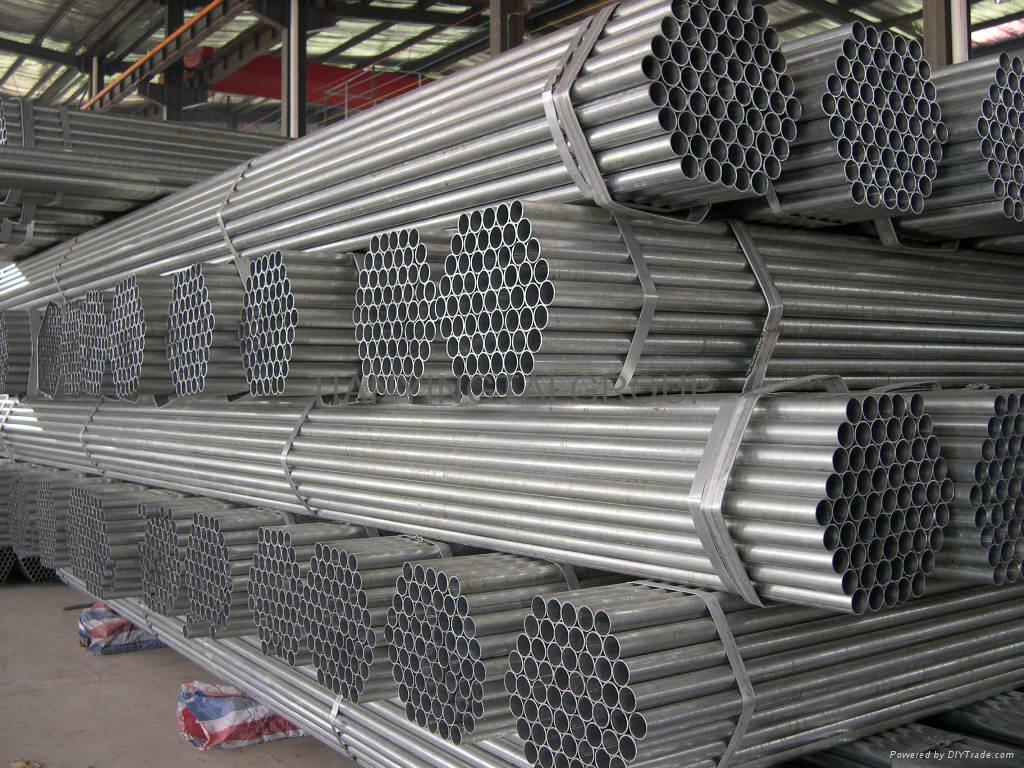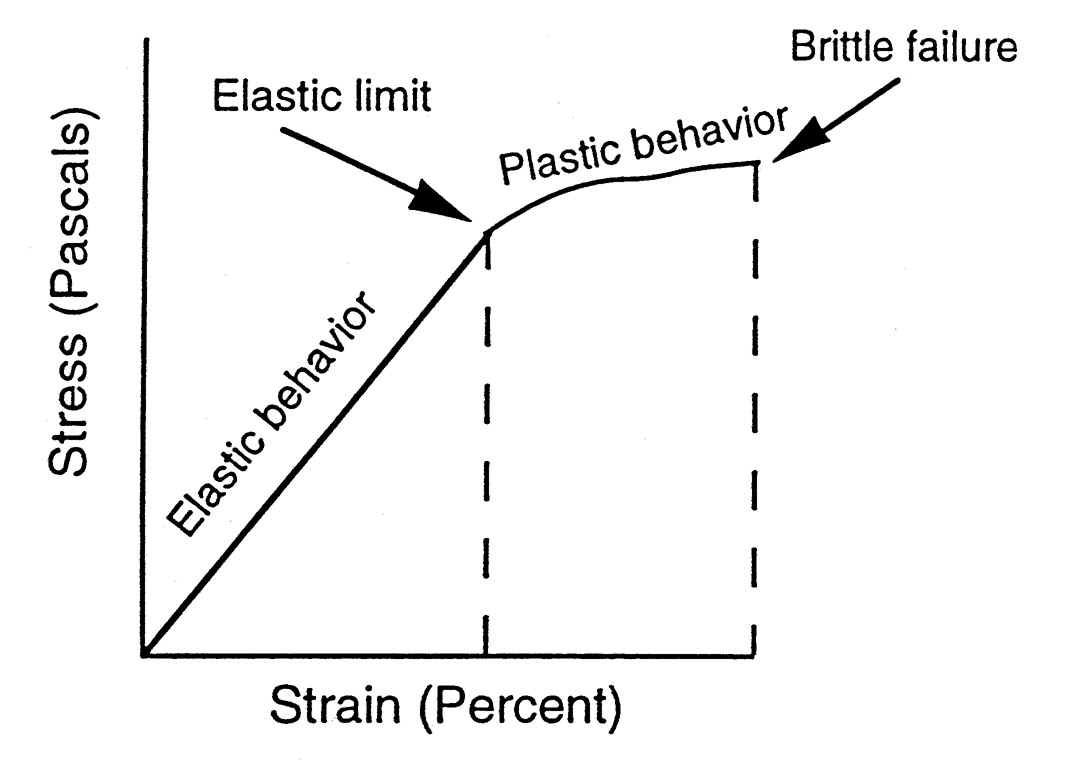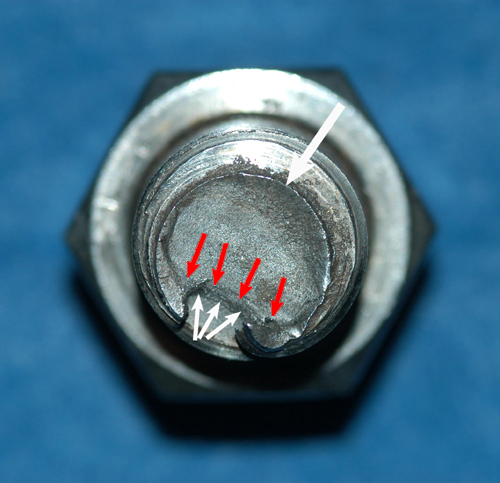Selection of the right steel quality for a structure is a matter of major significance as regards both the safety and the economy of constructional steelwork. This posting surveys procedures which have been proposed for this purpose and presents the new rules which are included in Annex C of Eurocode 3. All these express, as a function of extreme service conditions applicable to a structure, a toughness level specified in terms of performance in the Charpy V test that the selected steel should fulfil, with a transition temperature at the level of 28J for instance.
 Selection of the right steel quality for a structure is a matter of major significance as regards both the safety and the economy of constructional steelwork.
Selection of the right steel quality for a structure is a matter of major significance as regards both the safety and the economy of constructional steelwork.
Numerous comparisons between the output of different procedures are reported which, on the one hand highlight their consistency, while on the other hand the possible sources of discrepancies among the various material requirements determined using these procedures. Such procedures are based on fracture mechanics concepts such as those of the Stress Intensity Factor, the Crack Tip Opening Displacement or the Full Yield Criterion. As an introduction the lecture reviews the main aspects of resistance to brittle failure, with reference to basic documents which the reader may find it useful to consult for more detail.
You might also like
| Heat Treatment Furnaces Heat treating is a group of industrial and... | The Phenomenon of Brittle Failure A material is generally said to be brittle... | What is Steel? According to European standard EN... | Fatigue Properties When considering the response of metallic... |




 Alloy Suppliers
Alloy Suppliers
 Aluminum
Aluminum
 Aluminum Extrusions
Aluminum Extrusions
 Copper-Brass-Bronze
Copper-Brass-Bronze
 Nickel
Nickel
 Magnets
Magnets
 Stainless Steel
Stainless Steel
 Stainless Steel Tubing
Stainless Steel Tubing
 Steel Service Centers
Steel Service Centers
 Titanium
Titanium
 Tungsten
Tungsten
 Wire Rope
Wire Rope